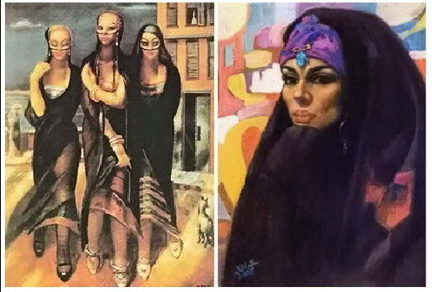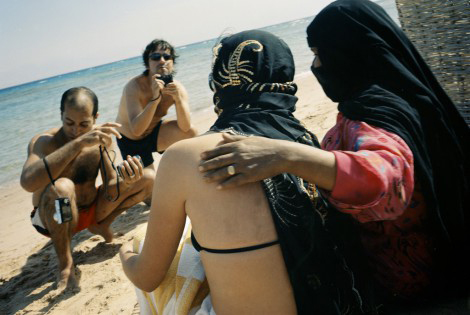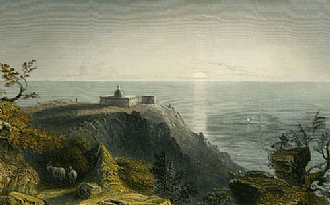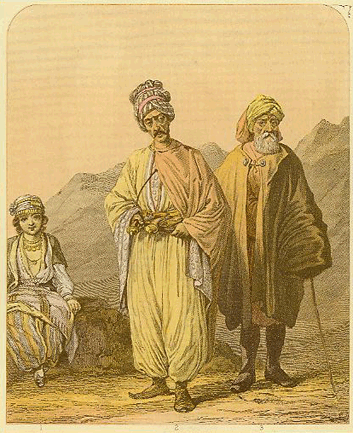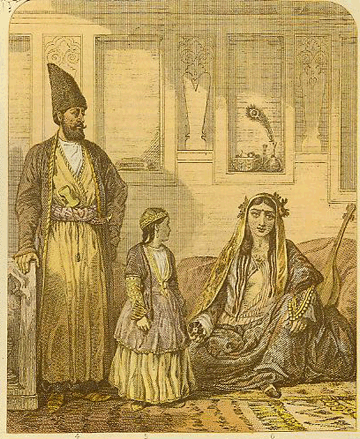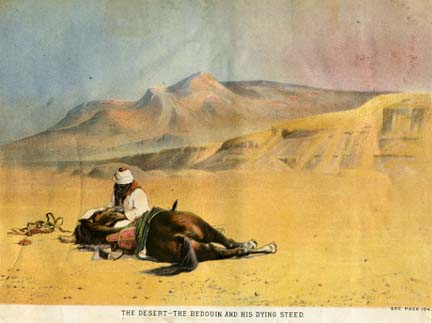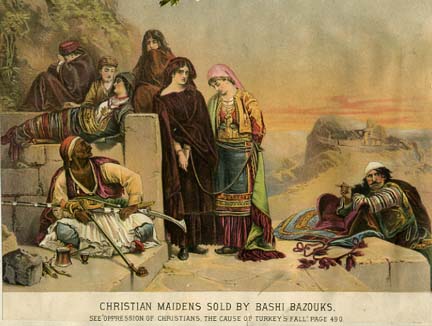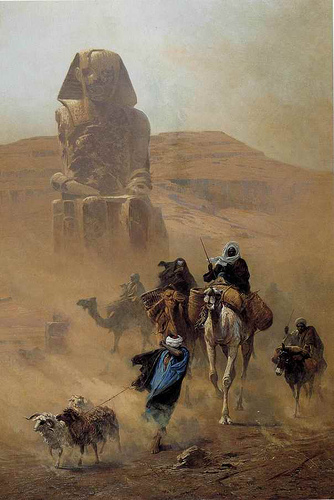
“The Simoon” by Ludwif Hans Fischer
One does not have to be on a caravan in the Sahara or trying to cross the Empty Quarter in mid-summer to appreciate the beauty of a sandstorm; in fact it is probably best appreciated when one is not in it. Above is how the hot winded simoon looked to the Austrian artist Ludwig Hans Fischer (1848-1915), who painted “The Simoon” in 1878. Below is how the simoon looked approaching the Sphinx to David Roberts in the early 19th century.
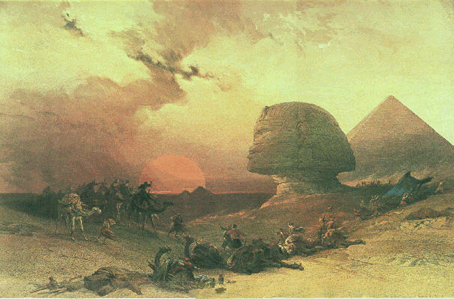
“Approach of the Simoon” by David Roberts
